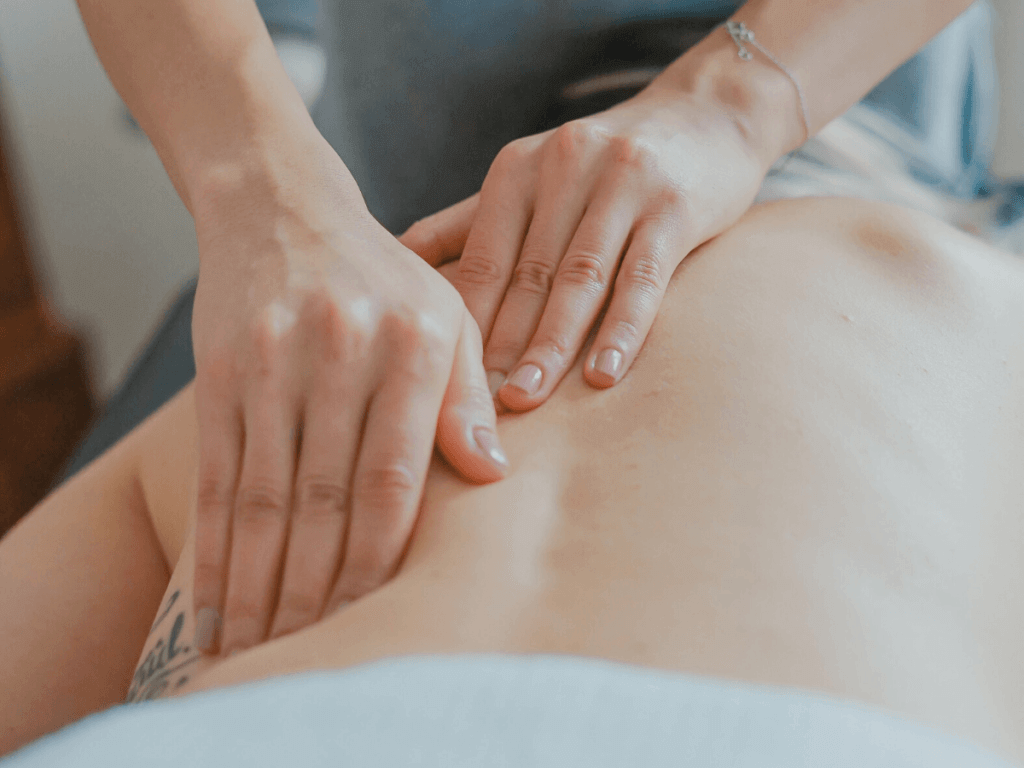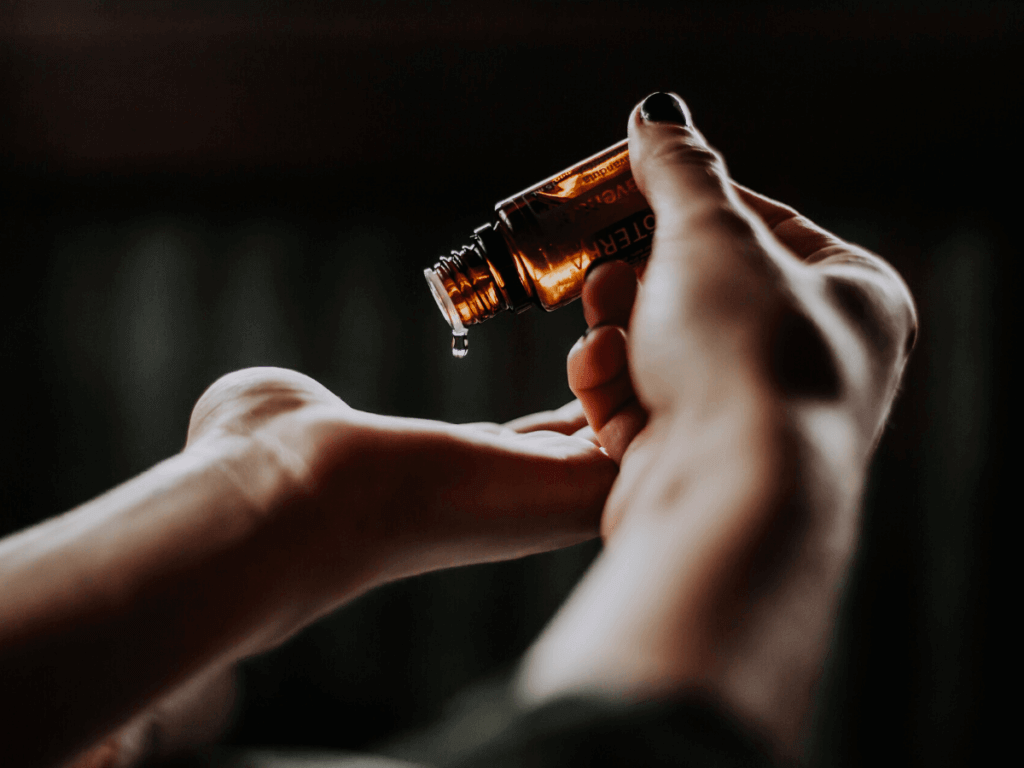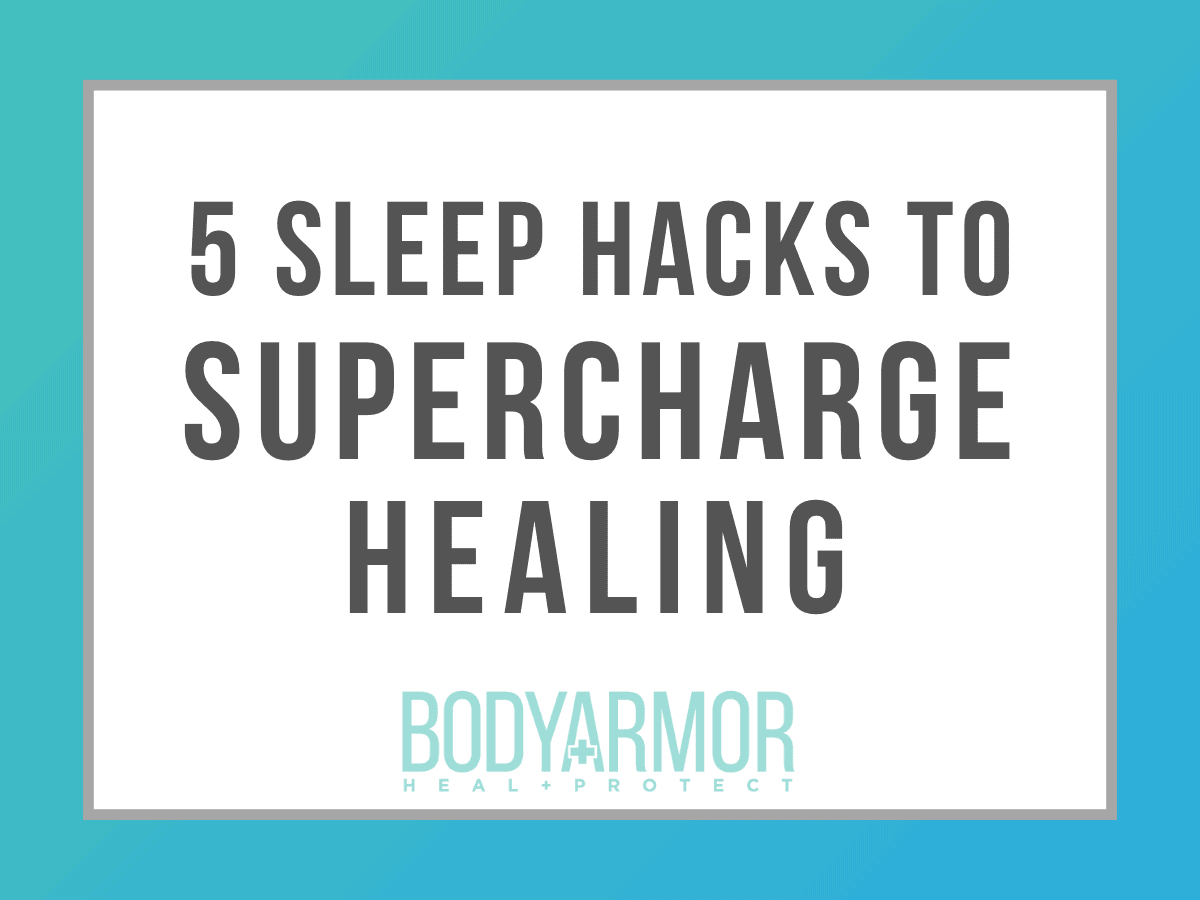
Most damage to the skin comes with some degree of discomfort. Often, this sensation of pain is a normal (though unpleasant!) part of the body’s response to injury. However, wound pain can be a warning sign of infection or other complications, and should never be ignored.
Some oral medications and topical dressings (such as hydrogels) can help with the management of painful wounds. But research is showing that there are also a number of complementary ways to help reduce wound pain naturally.
Natural Techniques to Reduce Pain
Relaxation Breathing
Psychological stressors can trigger inflammation, alter the immune response, increase stress hormones, and ultimately delay all stages of wound healing.
Research has even shown that anxiety increases pain sensitivity and affects the body’s ability to effectively regulate pain. This occurs whether anxious feelings are due to existing pain or anticipated discomfort-such as an upcoming dressing change.
Pain can even impact the way that we breathe-typically resulting in tight, shallow breaths. Deep, slow breathing exercises are a simple, effective way to reduce anxiety. Focusing on controlled breathing helps the mind to relax, reduces pain, and allows the body to better perform its natural healing actions.

One simple breathing exercise for releasing stress and tension is known as diaphragmatic (or “belly”) breathing:
- sit or lay comfortably, and prepare to focus attention on each breath
- breath in fully through the nose, pulling the air into the abdomen or “belly” (not the chest)
- breath out slowly through the nose, again using the abdomen to move your breath
- repeat several times, continue to concentrate on breath control
- note: in the beginning, it may help to place one hand on the belly (between the ribs and navel) in order to feel the expansion during inhalation.
Therapeutic Massage
Therapeutic massage is another natural technique that reduces acute pain, improves anxiety, and promotes healing. A meta-analysis of 10 studies found that even “a single dose of massage therapy provided significant improvement in post-operative pain”.

It’s important to note that an open wound should never be directly massaged. However, when a massage therapist applies systematic pressure to other tissues, it results in improved circulation, reduced muscle tension, and even enhanced lymph drainage.
Another review of over 60 studies determined that therapeutic massage was an effective tool for reducing pain, with minimal safety concerns.
Therapeutic massage can be even more beneficial when combined with aromatherapy oils. Aromatherapy uses specific aromatic plants that offer chemical benefits. When these herbal components are applied, they have been shown to improve stress and anxiety, as well as reduce pain.

Some of the best options for reducing wound pain include lavender, rosemary, eucalyptus, and peppermint.
Distraction Activities
When the mind is solely focused on a painful situation, the perception of discomfort can be amplified. Distraction activities help to reduce pain by refocusing the brain on a different, more pleasant stimulus. A few proven methods of distraction activities for reducing pain include listening to music, watching a movie/sports game, or reading a book.
For situations when these activities are not possible, another effective option is to practice visualization or guided imagery. Picture yourself doing something that gives you joy – spending time with loved ones, walking on the beach, or playing with a pet.

Concentrating on positive sensory and mental images has been shown to reduce inflammation, boost mood, and improve pain tolerance.
Of course, every person-and every wound-is different. So, the most effective approach to reducing wound pain will vary.
Incorporating some of these natural and complementary strategies (with your physician’s “okay”) may be just what you need to help curb wound pain, minimize side effects, and encourage healing.
Are there any natural wound pain-reducing techniques you swear by? Share your pain relief tips in the comments below!









